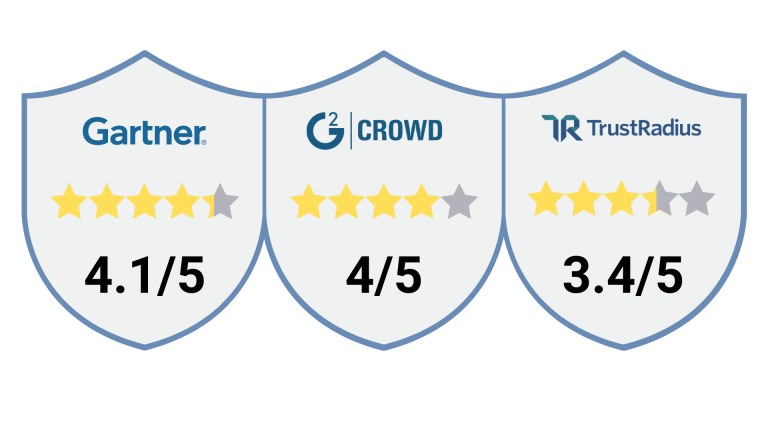Are you ready to switch to Salesforce Lightning?
Since unveiling the Lightning Experience in 2014, Salesforce has gradually made it more sophisticated.
Whilst a large amount of Salesforce users have transitioned over to Lightning without looking back, many are still yet to make the move from the Classic UI. Read on to hear why this is the case and how you can make the change-over as smooth as possible.
What is the Salesforce Lightning Experience?
The Lightning Experience is a new component-based UI for Salesforce.
It has been wholly optimised for mobile access and has a much cleaner, more modern appearance. Developers can enjoy an effortless drag-and-drop functionality when building Salesforce pages without the need for code and end-users can enjoy the intuitive design.
Reviewing your Salesforce org in depth
On the main homepage of your ‘Setup’ section in Salesforce Classic, you can find a tool that initiates a scan of your entire org to assess its readiness for Lightning. It’s crucial that you run this readiness check as a first step, as it maps out any issues you’re likely to encounter in your transition to Lightning, analysing all aspects, from your user profiles to Visualforce pages and everything in between.
Transitioning from Salesforce Classic to Lightning - the issues
Overall, the Lightning Experience has proven to be very popular with users – especially to those who are completely new to Salesforce.
Below are the collective star ratings given to the Lightning experience on the most popular software review sites.

Customisation Limits of Lightning
Long-standing Salesforce Classic users on the other hand are not finding the switch to be quite as easy, due to having spent a long time building custom features like VisualForce pages, integrating AppExchange apps and personalising code, long before Lightning was even in the pipeline.
Companies who use Salesforce have expressed difficulties in migrating their custom-made features over to the Lightning UI, which has resulted in users becoming exasperated with having to constantly switch between Classic and Lightning.
Missing Features
Custom JavaScript buttons are not yet available in Lightning, nor are several VisualForce components or AppExchange apps. A variety of specific report and Opportunity functions are also yet to be made compatible with Lightning.
If your company has been using Salesforce for a long time or Salesforce Classic is all your developers and IT team have ever used, your software or digital processes will rely on more bespoke features than you realise, meaning now would not be the best time for a Lightning migration.
It would be in the best interests of your company and Salesforce User team to wait until you are certain that switching over will not impact any part of your org or your users.
What does the Future hold for Salesforce Classic?
Whilst any Salesforce users who purchased their license after July 2018 will only be able to use the Lightning Experience, it doesn’t look like the support for Classic is being terminated anytime soon.
Far too many users have invested a large amount of time and money into building customised orgs for Salesforce to cut them off entirely. However, with updates constantly being made to Lightning, it’s only a matter of time before every original feature is live and you won’t have a reason to stick with Classic.
Get in touch with Sandyx
Whether you are currently using the Classic Experience and unsure how to go about the migration, a Lightning user who isn’t fully satisfied with the solution or even if you are a complete stranger to Salesforce, we can give dependable advice on your situation.
If you would like to discuss anything that was mentioned in this article, or understand how Salesforce can help your business, then please get in touch.
You can also ring us on 0161 710 3250 directly.
You could be our next success story.